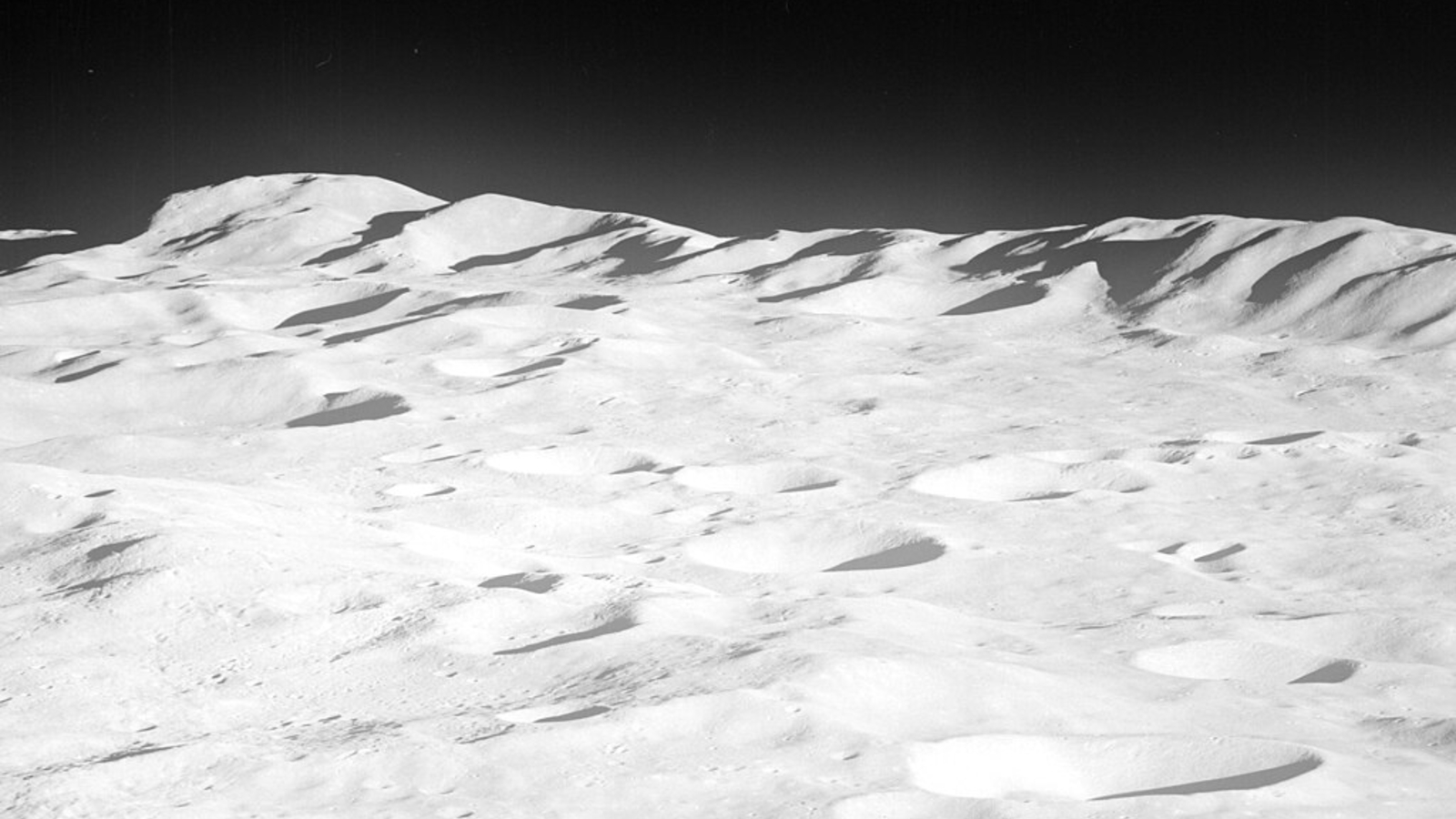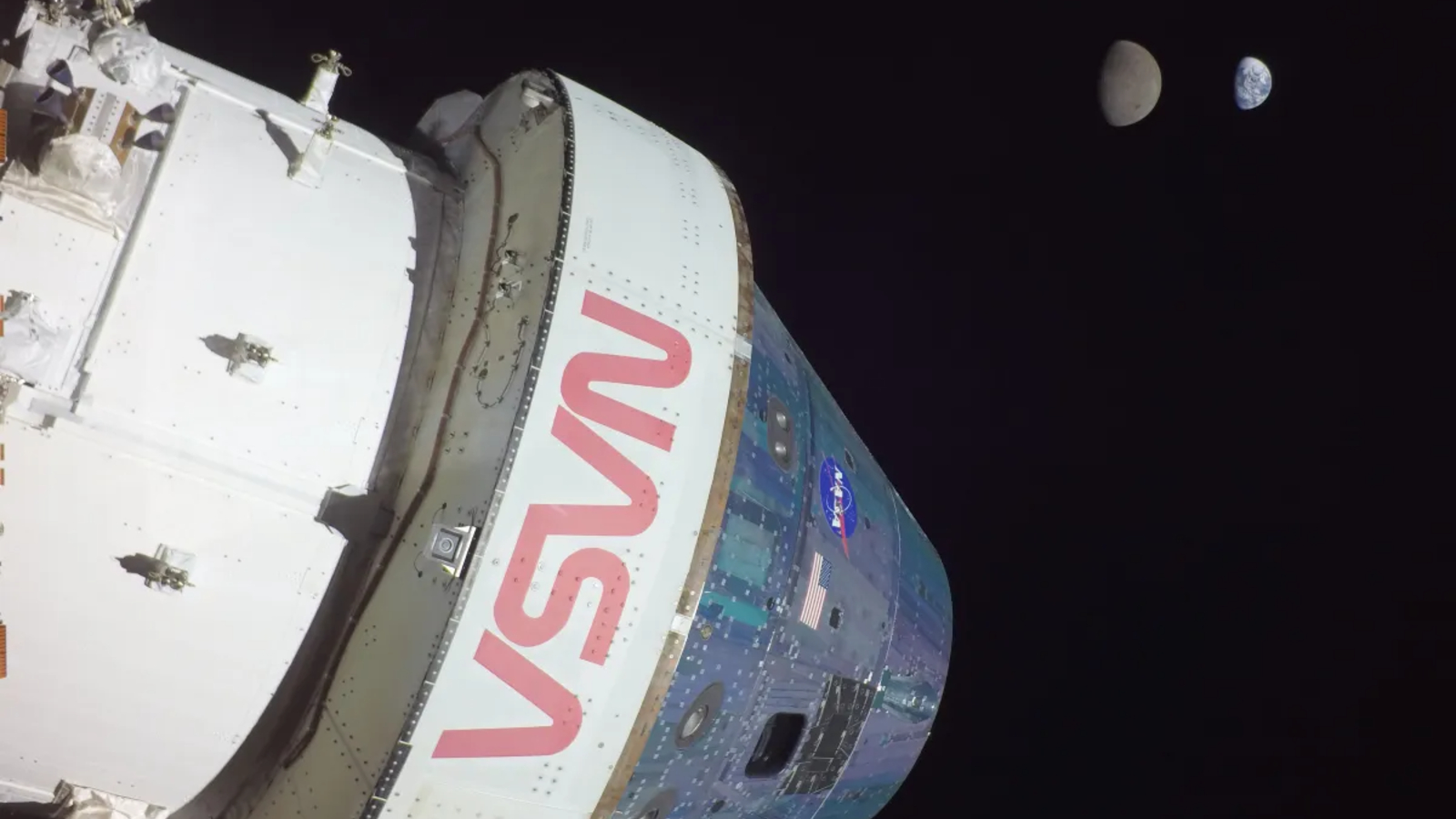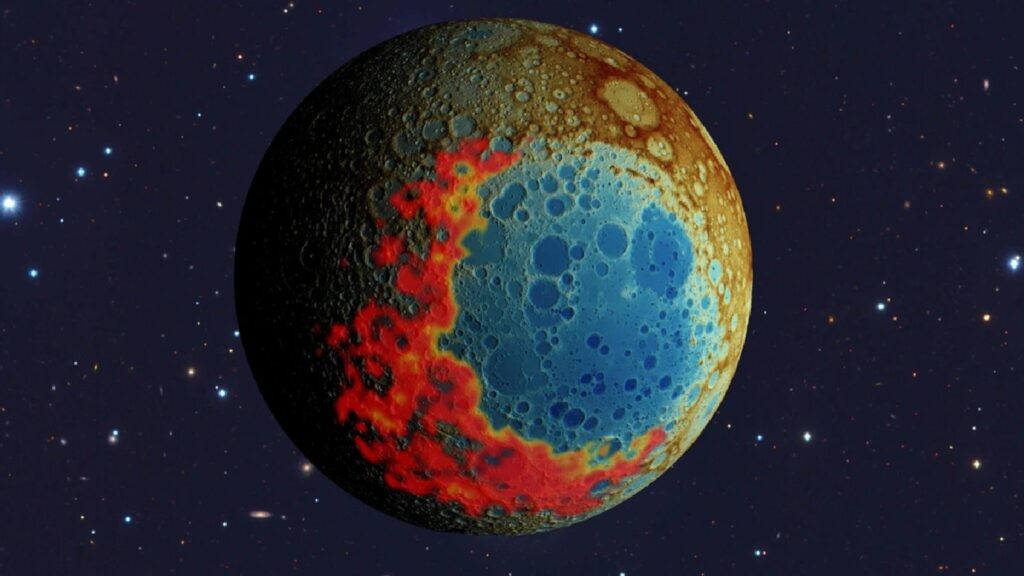The moon’s largest and oldest crater did not form as we originally expected, new research suggests. The discovery suggests that certain regions of the moon’s surface may be more scientifically interesting than we thought, and will have major implications for NASA’s upcoming Artemis mission, which is scheduled to land astronauts in this newly realized region of interest as early as 2027.
The Moon was formed about 4.46 billion years ago when an ancient Mars-sized protoplanet known as Theia collided with Earth, forming a huge cloud of debris that coalesced into a large spherical moon orbiting our planet. For the next 200 million years or so, the moon’s surface was covered in a hellish ocean of magma, compressed by Earth’s gravity. But as the moon moved away from Earth, the molten rock eventually cooled and crystallized, forming an outer rocky crust that has remained largely unchanged since, aside from near-constant collisions with space rocks.
you may like
KREEP is thought to have formed during the Moon’s final cooling phase, when radioactive elements accumulated in the space between the Moon’s newly formed mantle and crust. Studying these elements in more detail could help unravel some of the mysteries surrounding this period of the moon’s evolution, such as why the crust on the moon’s far side is thicker than on the visible near side.
Previously, researchers believed that the SPA basin was formed by an asteroid that hit the moon from the south, scattering a layer of creep around the northern rim of the crater. But in a new study published Oct. 8 in the journal Nature, researchers found that the impact actually originated from the north. This means that the resulting KREEP is stuck around the southern edge of the crater, where the manned Artemis III mission is scheduled to land.

“This means the Artemis mission will land on the downrange rim of the basin, which is the perfect place to study the moon’s largest and oldest impact basin,” study lead author Jeffrey Andrews Hanna, a planetary scientist at the University of Arizona, said in a statement. This is where “most of the ejecta, material from deep inside the moon, is deposited,” he added.
Researchers began to question the true origin of the SPA basin when they compared its shape to other impact craters in the solar system, such as the Hellas Basin on Mars and the Sputnik Basin on Pluto. All three craters have a similar shape, with one end rounded and the other more pointed, looking like an avocado or a teardrop. The sharp tips of these craters likely represent the direction of the impact, allowing researchers to infer in which direction the SPA Basin asteroid struck.
These suspicions were confirmed when the research team analyzed data from the NASA probe Lunar Prospector, which orbited the moon from 1998 to 1999 and measured radioactivity in surface elements. This revealed high concentrations of thorium, a radioactive element and a major component of creep, around the southwest rim of the crater.
KREEP-y sample collection

The Artemis III mission, aimed at landing humans on the moon for the first time since 1972, is currently scheduled for mid-2027, following the completion of the Artemis II mission, which is scheduled to launch by the end of April 2026. The first mission will send a manned spacecraft into orbit around the moon, similar to the unmanned spacecraft Artemis I, which successfully orbited the moon in late 2022.
According to NASA, the Artemis III astronauts will land at one of nine candidate sites near the moon’s south pole, most of which are within the creep droplet zone surrounding the SPA. If they land in the right spot, the team will have a chance to collect valuable KREEP samples.
However, there is some uncertainty as to when Artemis III will actually launch.
Both Artemis II and Artemis III have already been postponed several times. There are also historically deep cuts proposed to NASA’s 2026 budget, with some experts predicting further delays that could give China an advantage in the race to return humans to the moon.
China has also already obtained the first samples of the far side of the moon, which were returned to Earth by the Chang’e 6 probe in June 2024, from within the SPA basin. However, despite sharing valuable moon rocks with several other countries, NASA has not yet been allowed to analyze these samples.
Moon Quiz: What do you know about our closest celestial neighbor?
Source link

